► A new Chinese EV, distributed by Stellantis
► Stunning value, but where are the compromises?
► On sale now for only £1,000 more than a Spring
How does the old saying go? If you can’t beat them, buy a healthy stake in their company and piggyback off their business? Something like that. Anyway, that’s exactly what’s Stellantis has done with the new Chinese EV brand, Leapmotor.
European car makers are finding it quite difficult to build truly affordable EVs. The Dacia Spring was the first proper car (rather than a quadricycle) in the sub-£20,000 electric car game but, because it was poached from Renault’s Indian showrooms (where vehicle safety standards are far less – ahem – rigorous), it’s naff to drive and unsafe in a crash.
Leapmotor is hoping to change the game with the T03. It’s fighting in the same space as the MINI Electric and Fiat 500e, but it has far more standard equipment, lots of safety kit and a much more attractive price tag. How attractive? £15,995. That’s £1,000 less than a Spring.
But is that enough to encourage folk to take a gamble on an unknown brand? Leapmotor certainly seems thinks so – but I had to find out for myself. So, I’ve made the long schlep from Lincolnshire to East Sussex to find out. Keep reading to find out how I got on.
At a glance
Pros: great value, decent build quality, comfortable ride
Cons: not that fast, limited driving range, annoying safety bongs
What’s new?
Everything. Leapmotor has only been around since 2015 but, despite its inexperience, it developed the T03 almost entirely in-house. Even the battery is homegrown, aside from a few of the cells. Plus, because the firm is so vertically integrated, Leapmotor says it already has access to 95% of the car’s spare parts in the UK.
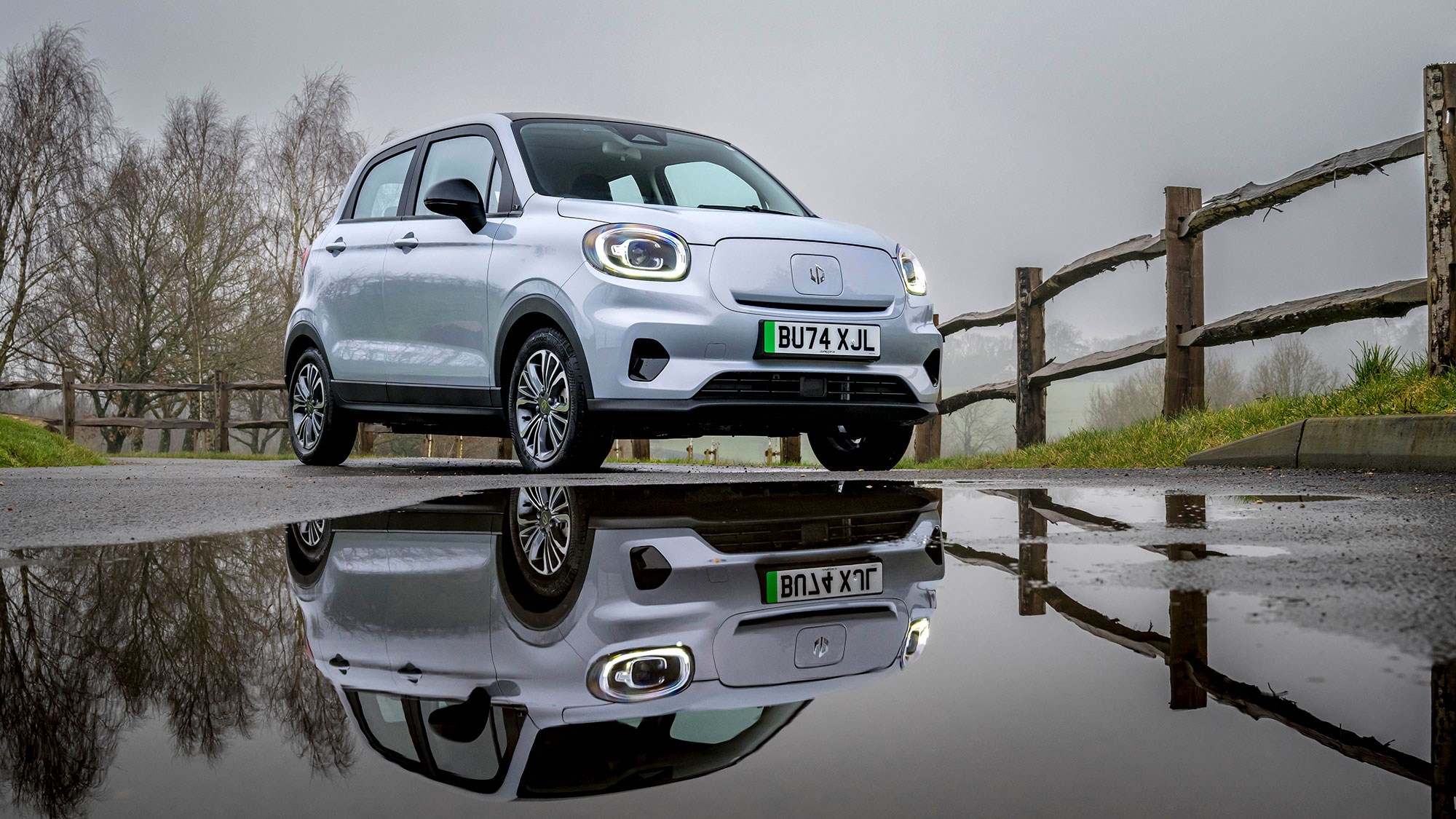
That’s important because loads of Chinese car brands are struggling with parts supply in the west. The fact Leapmotor has almost all its spares ready to go from launch (and it can farm them out through Stellantis’ existing dealer network) should give it an edge. It should be more convenient to own.
In a further attempt at convergence with Europe, the T03 has plenty of familiar styling cues. It looks a bit like a small car Fiat would make – specifically if the 500 had a steamy evening with a Panda. However, if someone popped a Twingo badge on the back and told me it was French, I’d probably believe that too.
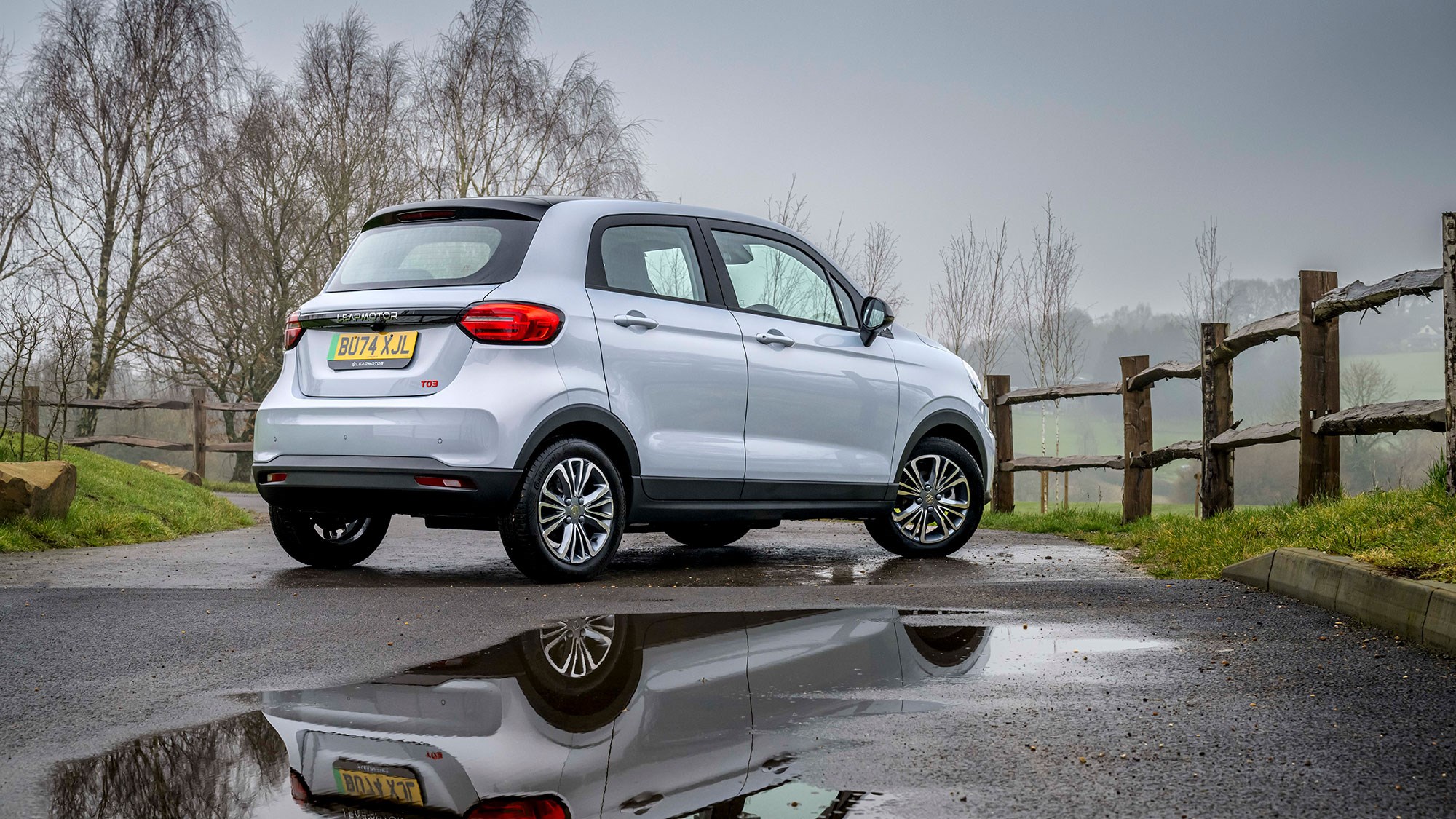
To be clear, I haven’t got anything wrong with the T03 looking like a European car. What matters is whether it feels and drives like one. And, surprisingly, it does a great impression.
What are the specs?
The T03 is 3620mm long, 1652mm wide and 1577mm tall. To break those figures down into plain English, it occupies roughly the same amount of space on the road as a Fiat 500e, but it has a loftier roofline that offers some extra headroom.
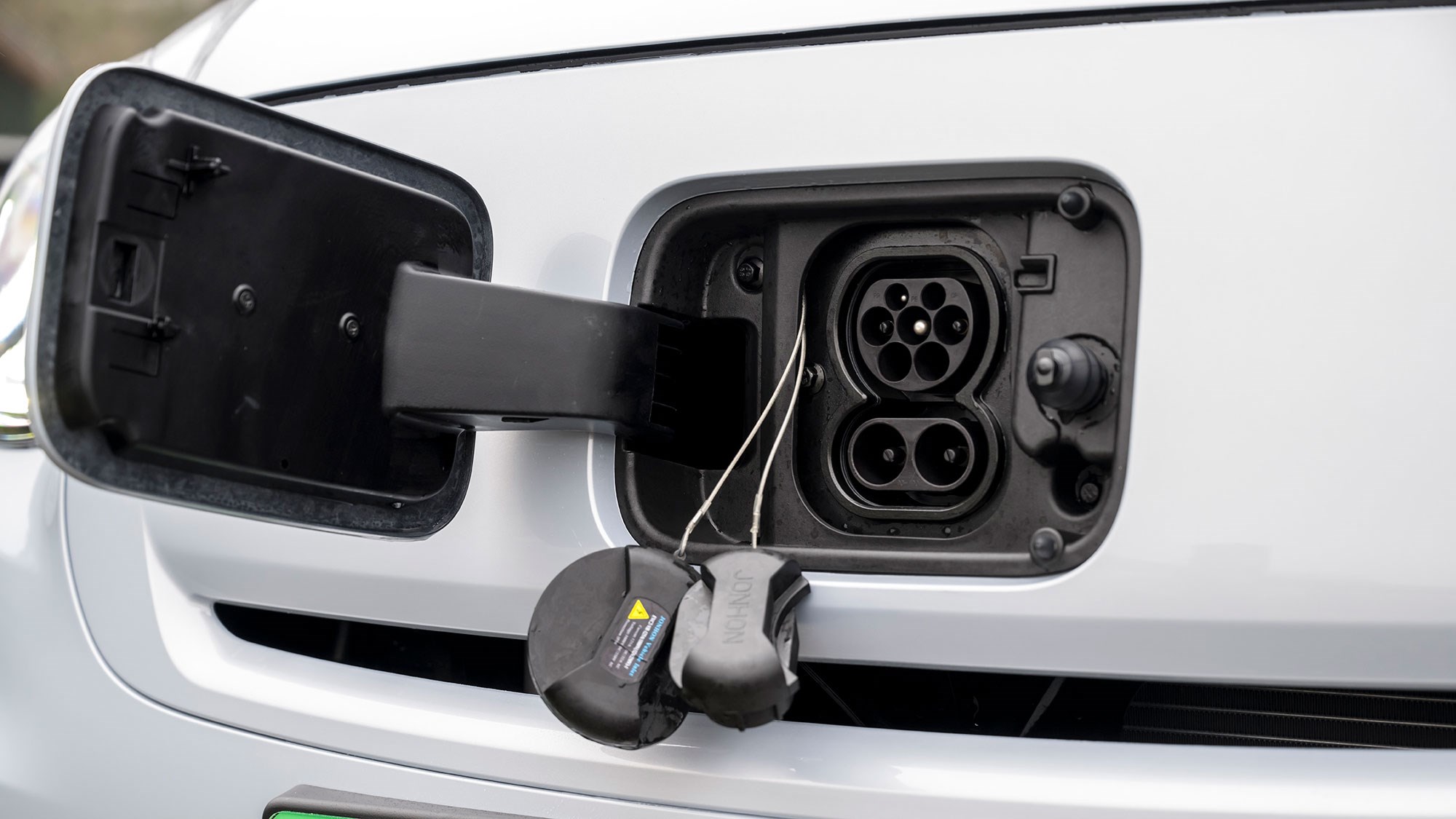
It’s light, too. The T03 has a kerb weight of just 1175kg, making it 75kg lighter than the entry level 24kWh Fiat 500e (and that’s hardly a heifer). That stat gets even more impressive when you learn the T03 has a larger 37.3kWh battery pack as standard.
That gives you an official WLTP range of 165 miles – and that figure doesn’t seem too far removed from reality. During my UK drive of the car (which, I should add, was in winter), the T03 was averaging 3.1 miles/kWh. That’d put its real-world driving range at around 115 miles, which is commendable for the money. I wasn’t trying especially hard to eke miles from its battery, either.
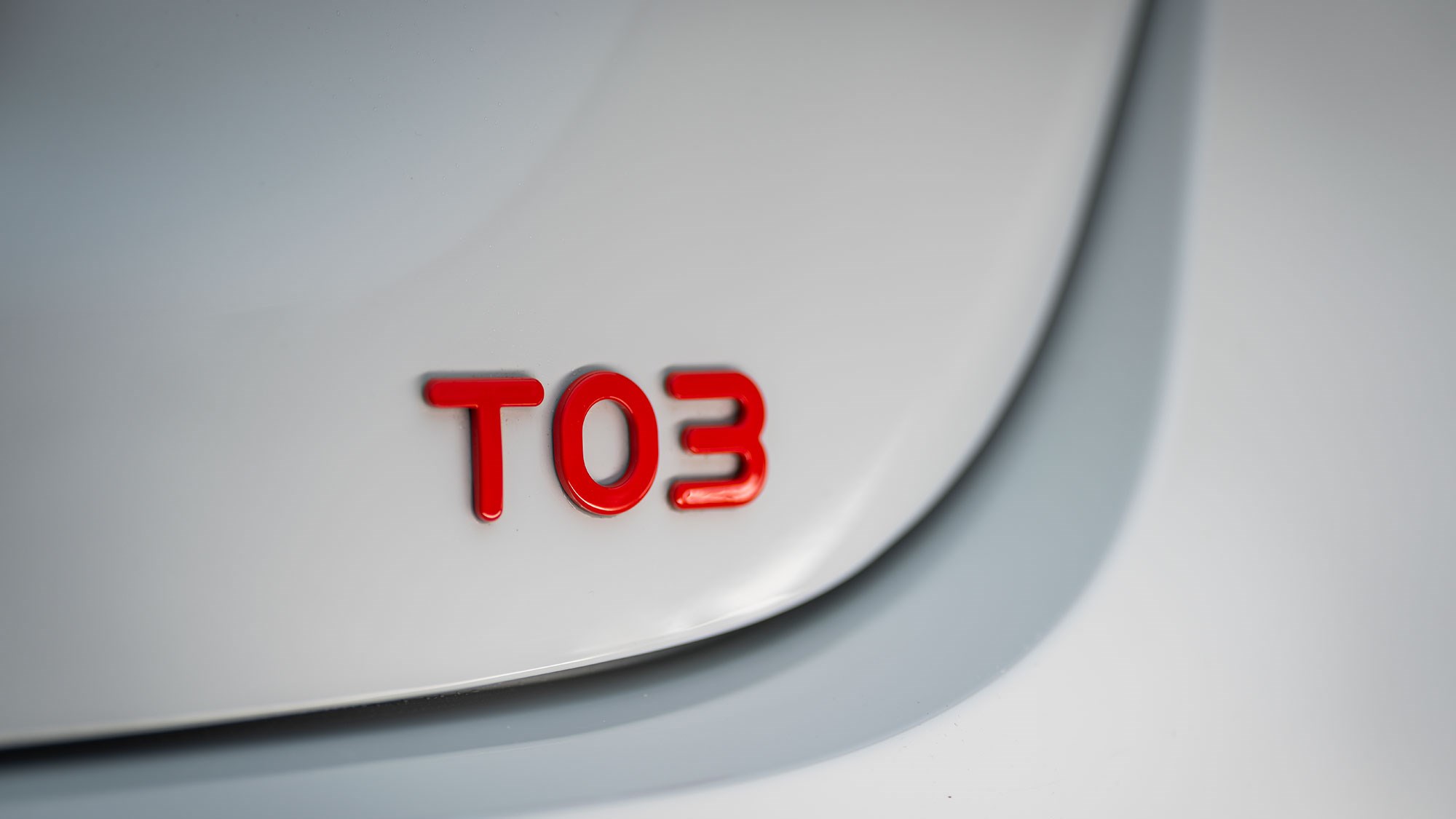
You get an electric motor on the front axle with an output of 93bhp and 117ft lbs of torque which Leapmotor says is enough for a 0–62mph time of 12.7 seconds and a top speed of around 80mph. So yeah. It isn’t quick. But the lack of power means you can drive it flat out everywhere and not worry about speeding fines. That’s fun.
How does it drive?
Surprisingly well. Way better than a Dacia Spring, that’s for sure. In fact, Leapmotor was so cocksure of itself that it organised for a Spring for the UK launch event so we could drive the two cars back-to-back. The brass neck on it.
We’re pleased to report that the T03 comes out on top – and not just because the Spring is so poor. It’s a surprisingly entertaining little car to drive, with taught body control and good enough damping to deal with Britain’s battered roads. It also has enough old-school charm to give you a decent indication of what’s happening under your backside.
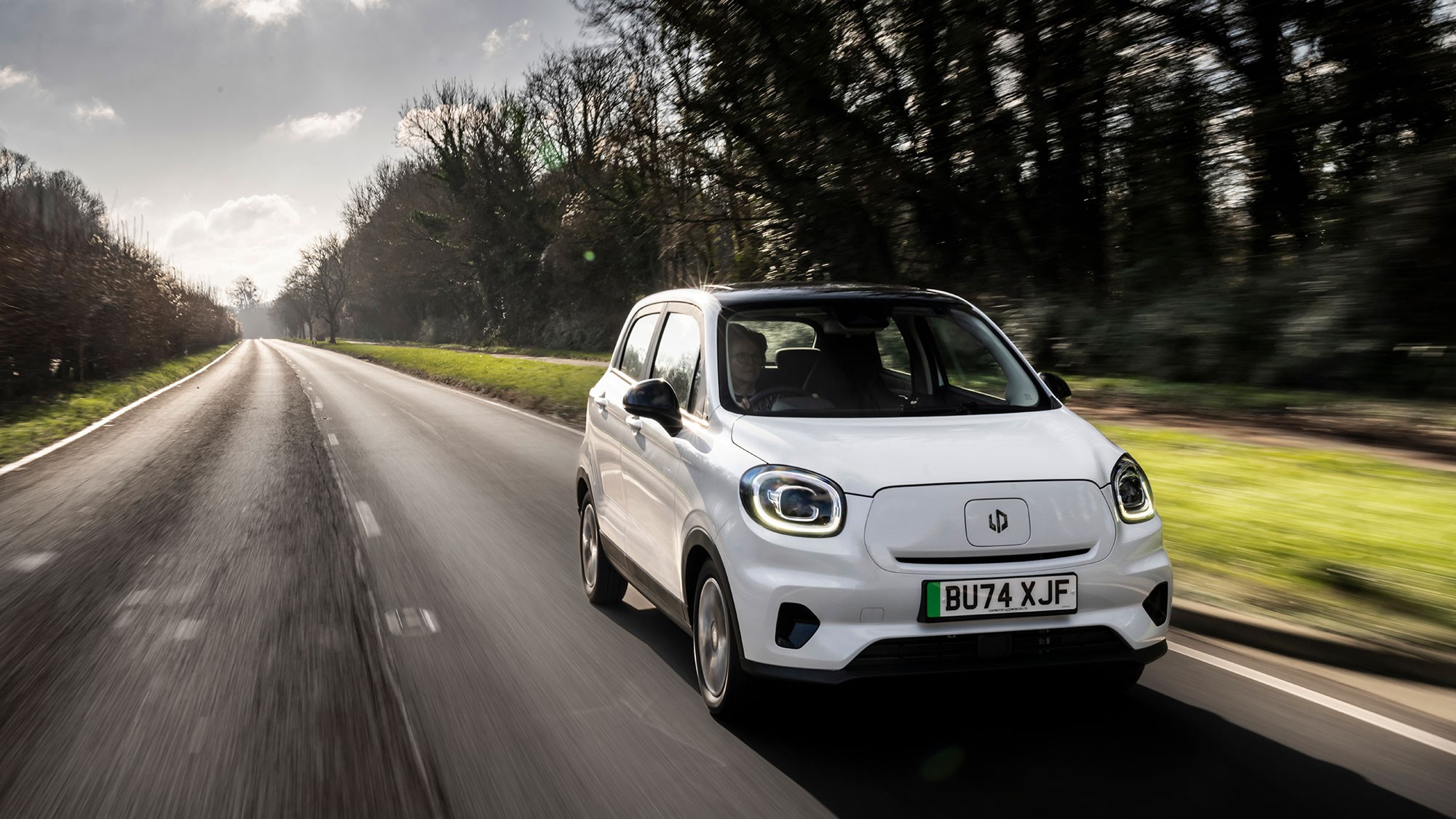
Plus, unlike the Spring, the T03 has proper tyres. It rides on quality Continentals rather than bargain-basement Ling Longs – and it’s far more predictable for it. If you fancy pushing it hard, it’ll cling to the tarmac long after the Dacia has oversteered into the grass verge.
The steering leaves a little to be desired. It’s quite vague around the centre, which makes the T03 feel less nimble than the pin-sharp MINI Electric. Thankfully, the feedback builds as you pile on the lock and, once you’re past an eighth of a turn, it’s perfectly acceptable. Crucially, it’s light enough to pedal around town all day without breaking a sweat.
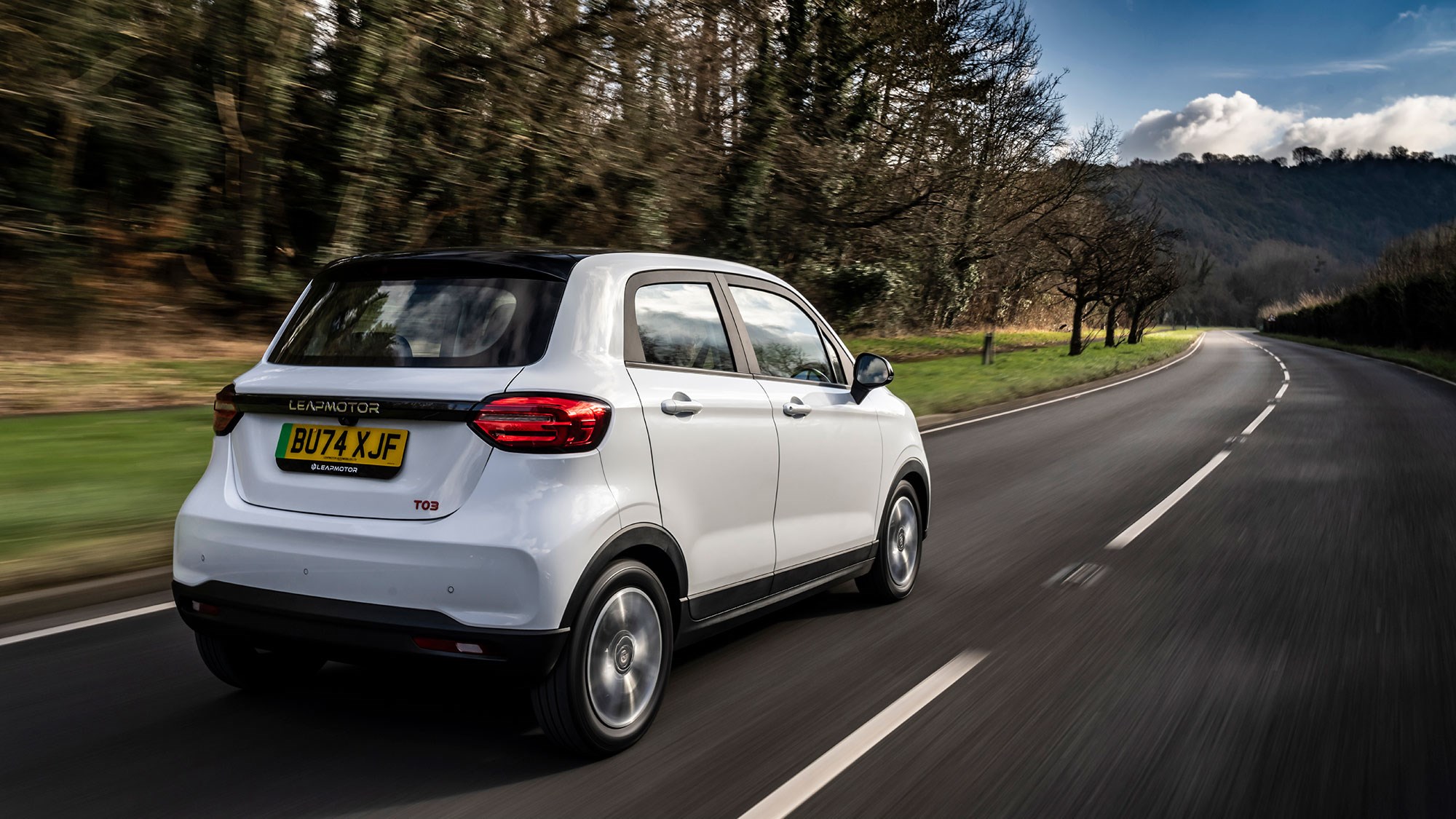
Two big thumbs up for the handling, then. As you’ve probably worked out from the stats above, the T03’s motor’s less impressive, but I suppose it doesn’t need to be massively punchy considering the car’s going to spend most of its life dithering around at 30mph.
With just 93bhp and a 0–62mph time of 12.7 seconds, you couldn’t ever call the T03 fast. But, just in case you needed another reason to not buy one, it’ll trounce a Dacia Spring. For comparison, the fastest Spring has just 64bhp and a 0–62mph time of 14 seconds.
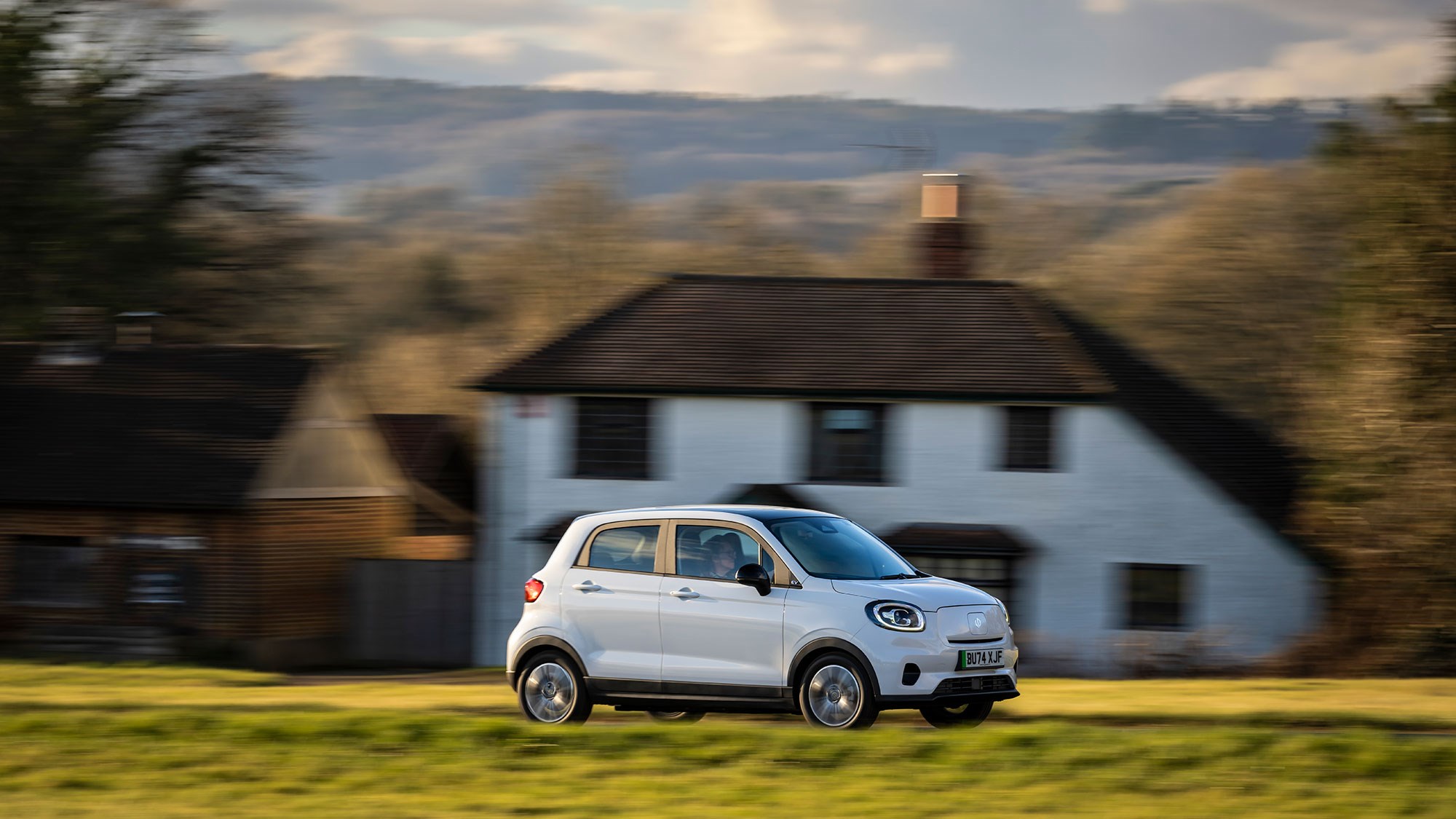
The T03 is plenty nippy enough off the blocks, too. It’ll zip up to 30mph faster than its petrol-powered rivals if you mash your foot in the firewall, although I’d recommend you stick the car in Sport mode for the best results. The throttle response is a little doughy in Eco mode, which means you need to use all the pedal to get moving.
Now onto some pain points. The car groans under the weight of its safety kit. You get driver attention warnings, forward collision warnings and adaptive cruise control, to name but a few – and, annoyingly, they all have their own distinct bongs and error messages. Mercifully, you can switch them off via the display menu, but you can’t disengage lane assist without stopping and shifting the car into park.
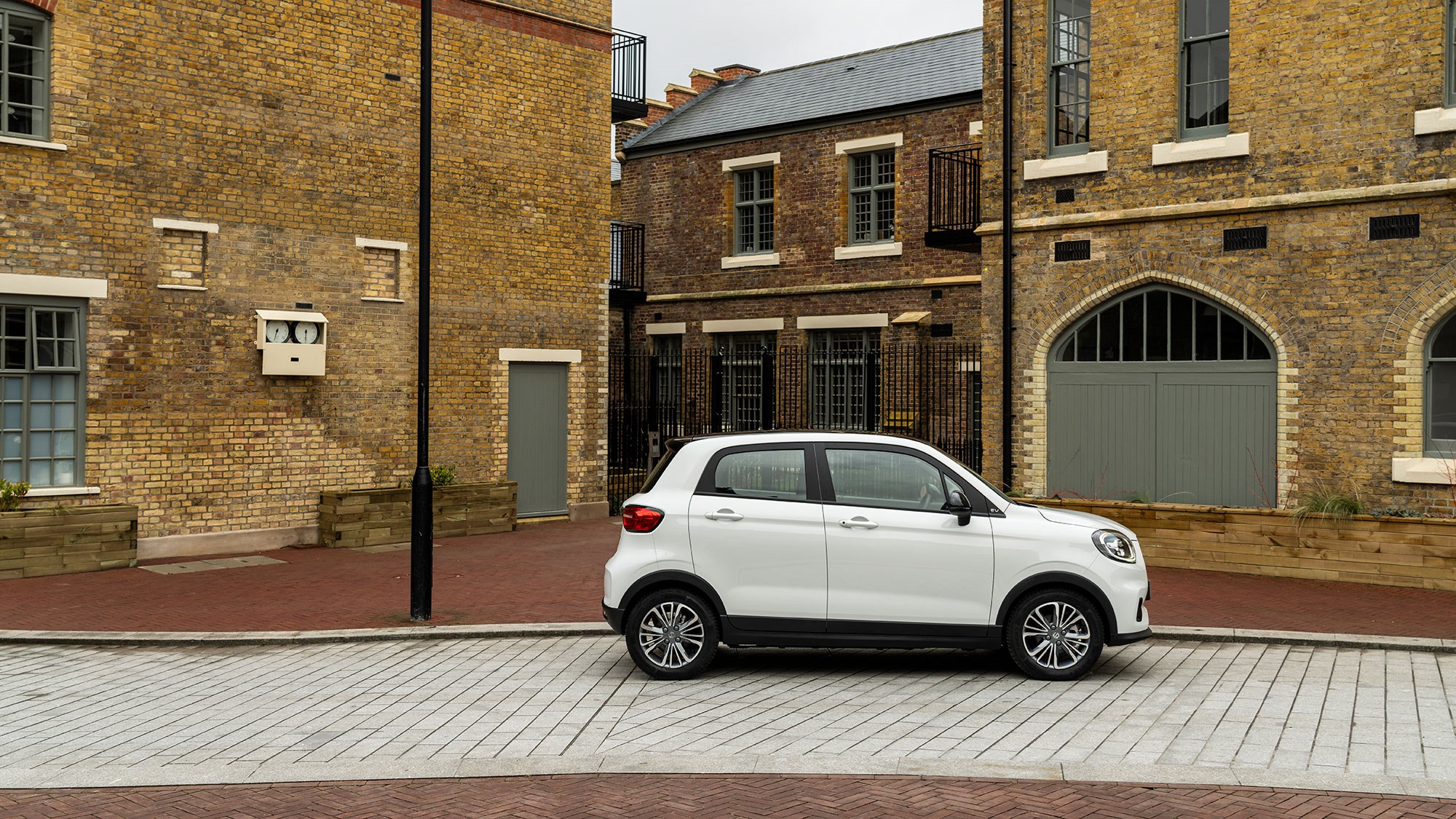
My colleague, Seth Walton also had this to say about the lane assist system when he drove it in Italy: ‘I kept getting “Emergency Lane Keep Assist Activated” notifications on the instrument cluster, when I had barely moved off the road’s centre line. What was the point in giving me the option to turn the LKA off if the car was still going to activate it when it felt it knew better? The mind boggles.’ I must have got lucky, because my T03 behaved itself.
The only other problems I could find with the T03 were the wind noise at motorway speeds – it was genuinely alarming – and the electric motor’s synthetic low-speed whine. The latter is only audible up to around 20mph, but it squeals like a knackered alternator bearing.
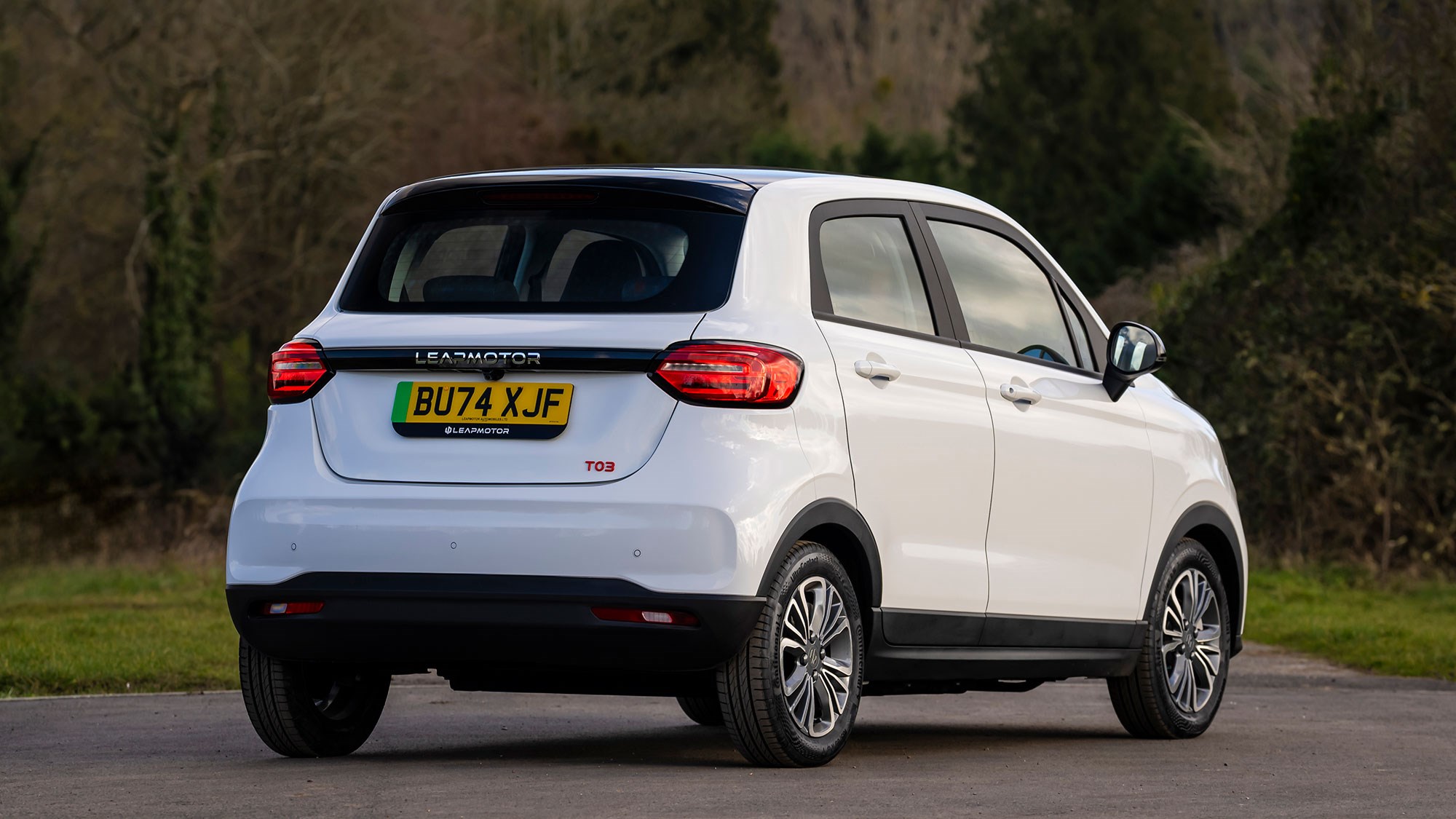
Seth had something to say about that, too: ‘The sound was intrusive and unrelenting. Perhaps there was a way of dialling it back, but I couldn’t find one, so Leapmotor if you’re reading this, please tone down the whine. It did my head in.’ I’m inclined to agree.
What’s it like inside?
Far nicer than you’d expect given its price tag. It isn’t the last word in opulence, but it’s respectable, well-built and spacious. And it’s head and shoulders above the Spring.
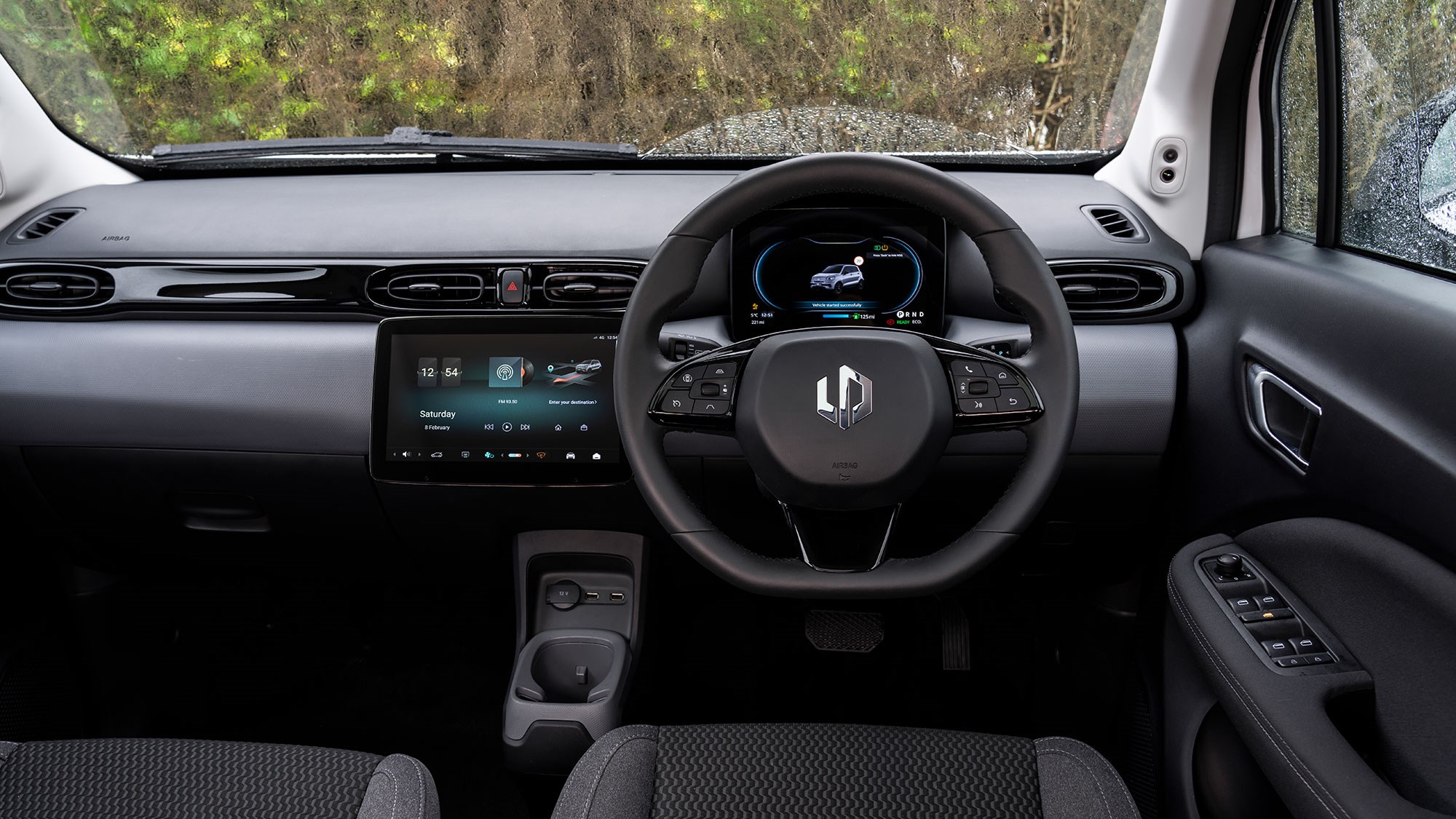
Unsurprisingly, there are plenty of hard, scratchy plastics on the door cards and lower dashboard. But they’ve been screwed together with care – and the monotony is broken up by a funkily textured crash pad across the middle of the dashboard. It’s a nice place to be with a quality that far exceeds the car’s price-tag. I’m also big fan of the 90s-tastic fabric upholstery, mostly because it reminded me of my Dad’s old AE92 Corolla liftback.
The car has a 10.1-inch infotainment screen as standard – but it houses all the car’s functions, from the climate control to the driving modes. The graphics aren’t the crispest nor clearest in the world, and the menu bar on the right-hand side is quite intimidating. At least the icons on the home screen for the nav and radio are huge and easy to hit.
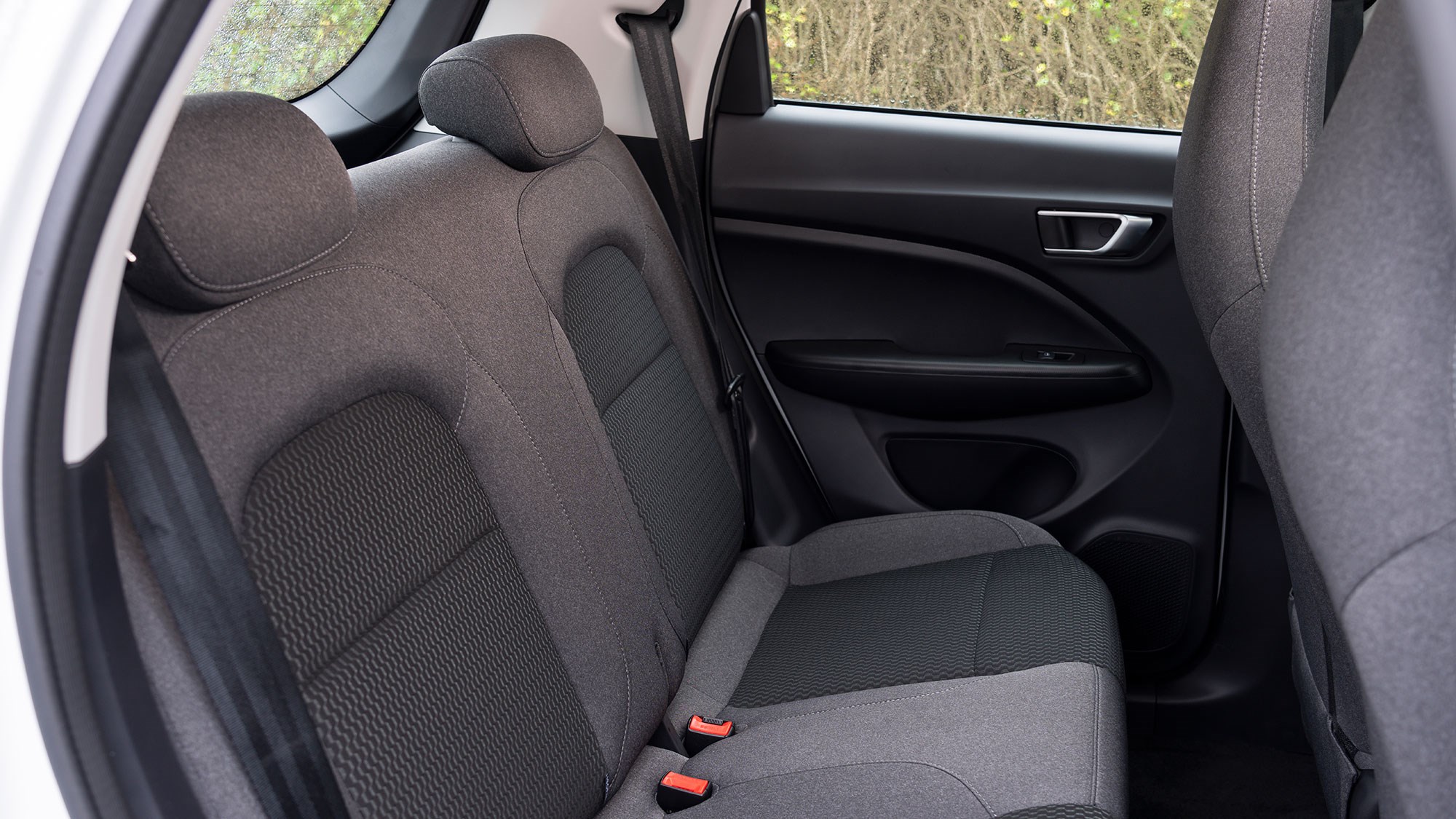
Space isn’t fantastic, but the same can be said of any A-segment car. You can get four adults in the car, but the rear seats are best reserved for children. Still, you can offset that feeling of claustrophobia by opening the standard – yes, standard – panoramic sunroof. On a £16,000 EV. Mental.
Before you buy
Leapmotor says it’s not interested in becoming a budget brand. It’s positioning the T03 as ‘Britain’s best-value electric car’ and, now that I’ve cantered through its spec sheet, that claim feels entirely warranted.
The T03 will only be sold in one specification – and it’ll have everything that Leapmotor can physically cram into its tiny body. The standard kit list includes a 10.1-inch infotainment system, an 8.0-inch digital gauge cluster, air conditioning, voice control, a panoramic sunroof, 10 driver assistance functions, a digital key and an electronic parking brake.
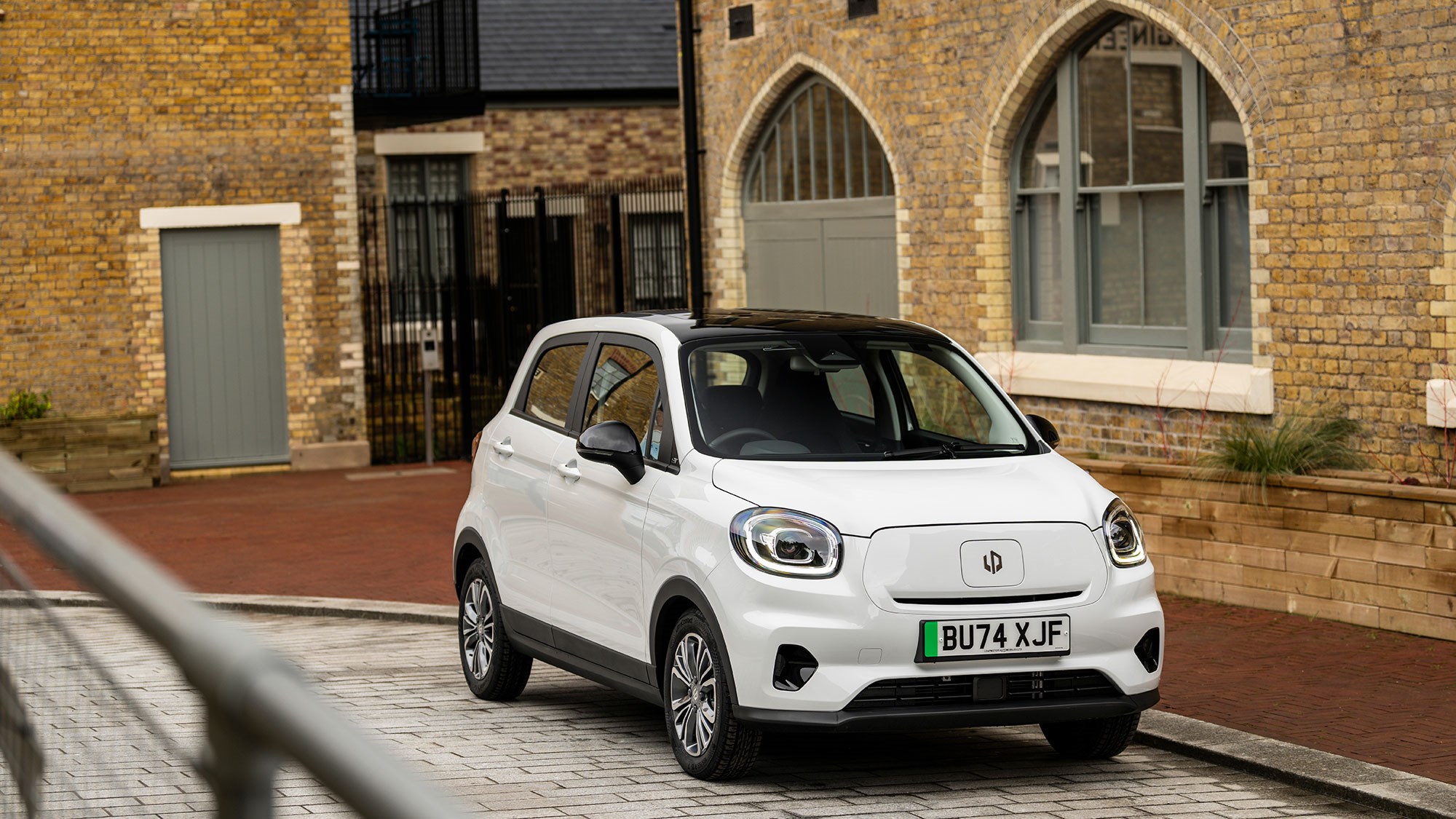
It’s a truly impressive offering, especially when you compare it to the comparatively destitute Dacia Spring. What’s even better is, despite its higher power output, longer official range and extra standard kit, it’s actually cheaper than the equivalent Spring.
The cheapest Spring costs £14,995 – but that has a measly 45hp and is about as well equipped as a Nokia 3310. To get a Spring with a specification closer to that of the T03, you’ll need to fork out £16,995. And you still won’t be able to go as far on a charge or get about as quickly.
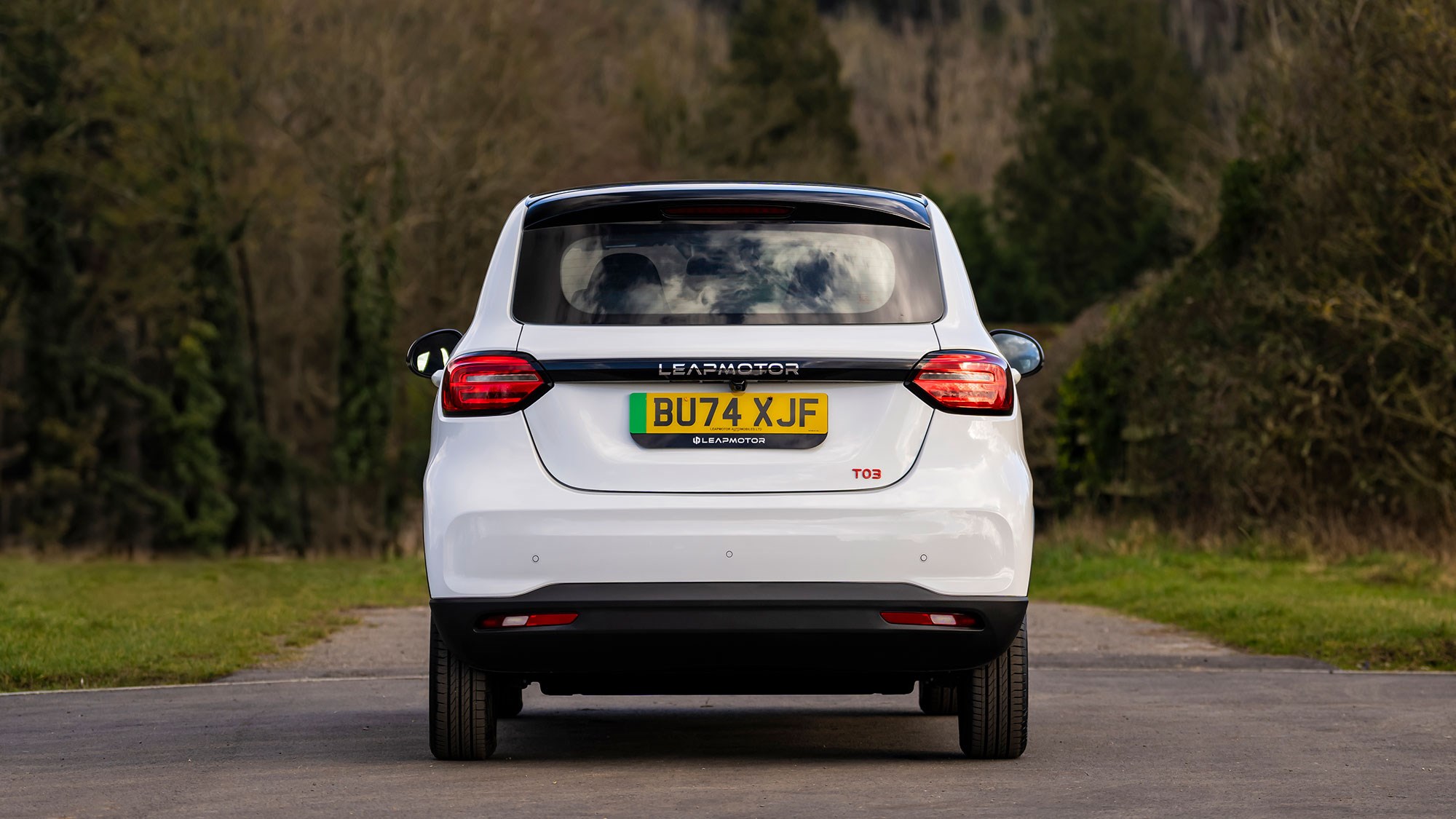
For now, I reckon the only car Leapmotor needs to seriously worry about is the new Fiat Grande Panda. It’s more expensive at a £20,975, but the technological leap between it and the T03 is the same as the gulf between the T03 and the Spring. As value-driven EVs go, it’s one of the best out there. I can’t wait to test the two together.
Verdict
I was pleasantly surprised by the Leapmotor T03. I was expecting it to be like its Chinese rivals – good for a first attempt but lacking the polish of a European car. But if you overlook the wind noise and irritating safety bongs, it’s almost indiscernible. It slots right into the A-segment as a genuinely attractive offering.
What’s most impressive is that I don’t think it feels as cheap as it is. The kit list is generous, you get a four-year warranty (which is enough to see it through any PCP deal), it has enough range for its purpose and it’s even quite fun to drive. Plus, it’s backed up by the logistical might of Stellantis, meaning parts availability and dealer support is already strong.
Could this be the best small electric car Stellantis makes? Quite possibly, especially given the price. In any case, I’m far more drawn to it than the likes of the Jeep Avenger, Peugeot e-208 and Vauxhall Mokka. If you’re in the market for a brand-new electric city car that won’t break the bank, it’s an option well worth considering.